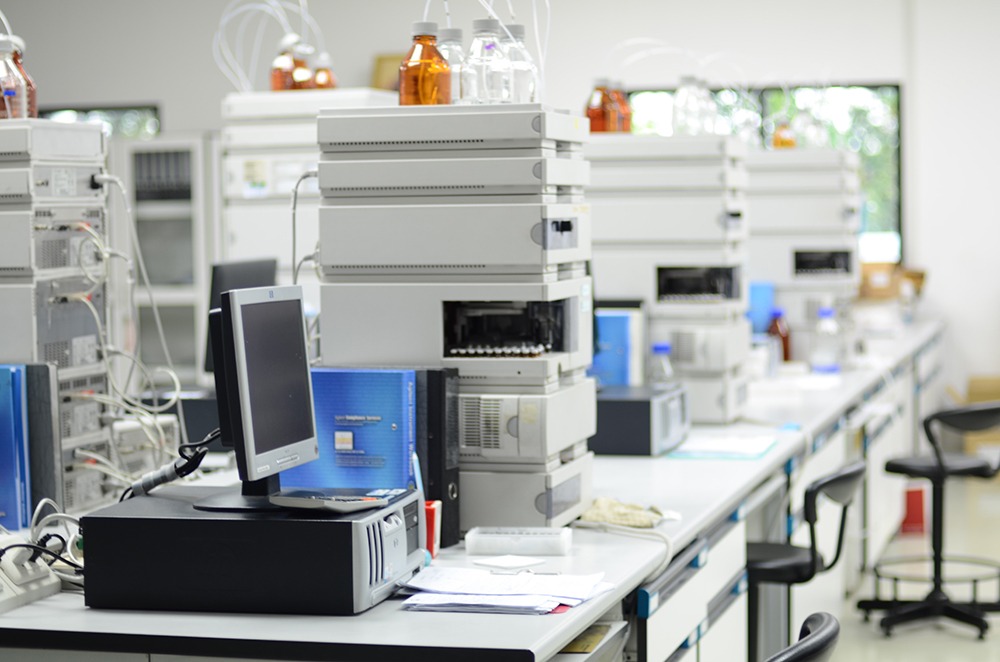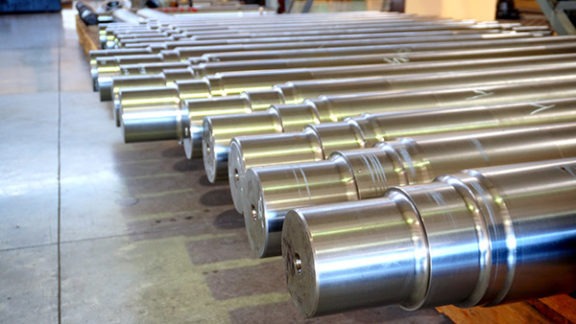Per- and polyfluoroalkyl substances (PFAS) are a group of human-made chemicals that include more than 4,000 individual compounds. Researchers have not only found PFAS in food, water, soil, sediment, dust, and air, but also in the blood of more than
95% of the U.S. population. PFAS compounds are ubiquitous in the environment, are linked to toxic effects at low concentrations, and are the focus of several high-profile court cases.
The complex chemical properties of PFAS, combined with the need to quantify concentrations at very low detection limits, present many challenges to PFAS chemical analysis. First, there are currently few standard methods. Industry demands for PFAS analysis, in the absence of federally standardized methods for analysis in most environmental media, have resulted in a patchwork of commercial laboratories all using their own modified methods. The lack of standardization can result in varied data from lab to lab with no guarantee of precision or accuracy.
In our new PFAS Technical Update, you’ll find an explanation of the limitations in current standardized, modified, and advanced analytical methods, as well as guidance on how to overcome these shortcomings.




